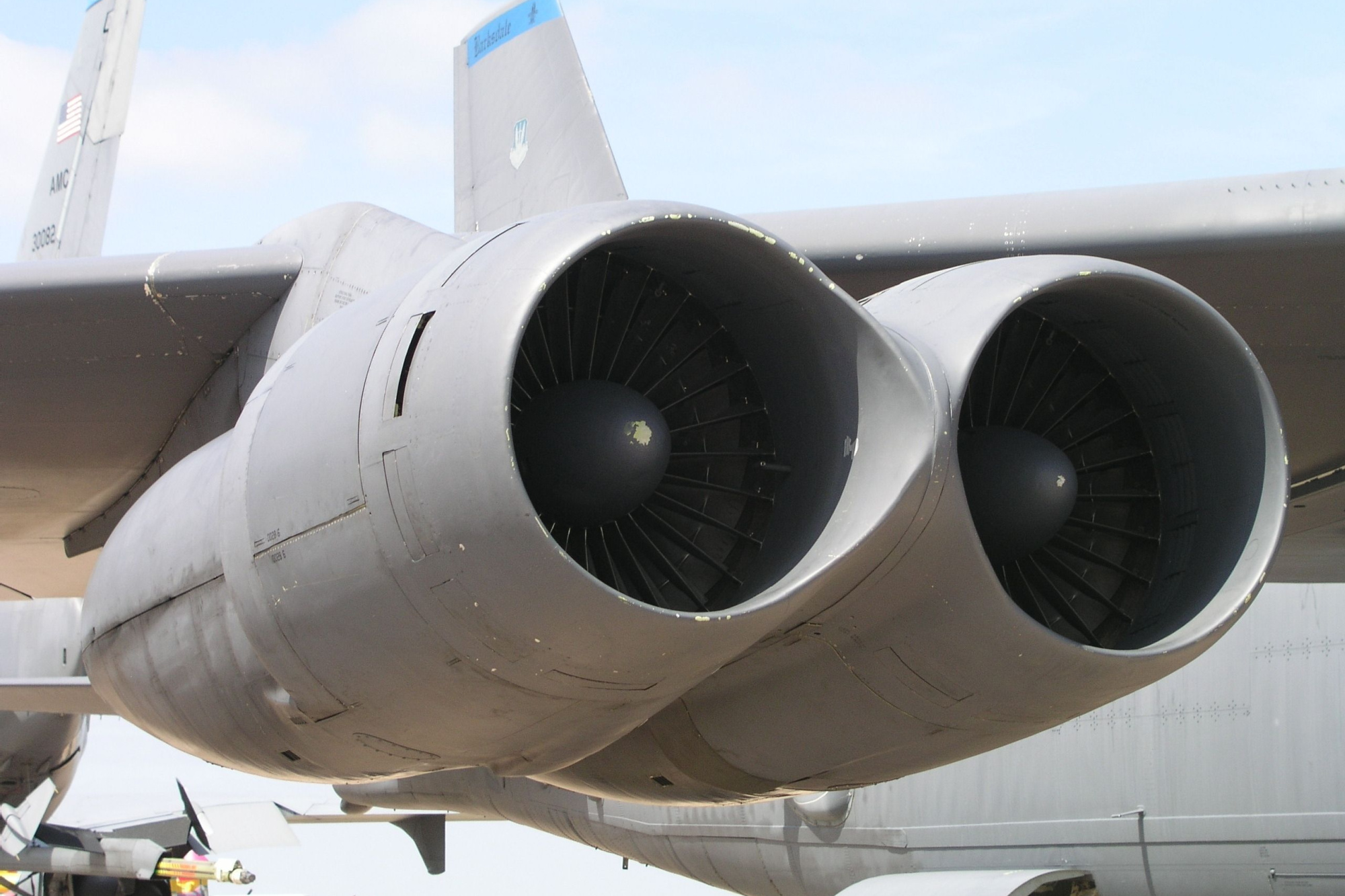Pratt & Whitney, a part of Raytheon Technologies, has secured a contract worth up to $870 million from the US Defense Logistics Agency (DLA) for the sustainment of TF33 (also known as JT3D) engines.
These engines power strategic aircraft of the US Air Force such as the B-52 Stratofortress strategic bomber, the E-3 Sentry airborne early warning and control (AEW&C) aircraft and the WC-135 Constant Phoenix nuclear “sniffer” aircraft.
“An engine’s sustainment phase is a critical but often underappreciated portion of military readiness,” Jill Albertelli, President of Military Engines at Pratt & Whitney, commented. “The TF33 enterprise is maturing beyond the conventional approach to a more complete, advanced sustainment process that will maximize the TF33’s support to many missions across the globe through 2050.”
The six-year contract involves Pratt & Whitney providing comprehensive services, including maintenance, spare parts, program management, field service, repairs, and engineering support for nearly 1,000 TF33 engines globally.
The deal, with an option for a four-year extension, aims to ensure peak performance and longevity for the engines, supporting USAF missions until 2034. Sustainment work will take place at Tinker Air Force Base, additional USAF locations, and Pratt & Whitney’s Southern Logistics Center in Atlanta, Georgia.
B-52 Stratofortress re-engining
The Boeing B-52 Stratofortress, in service since 1955, is a long-range bomber capable of carrying up to 70,000 pounds of nuclear or precision-guided ordnance. With a range exceeding 8,800 miles, it is a key component of US deterrence.
Currently, the USAF operates 58 B-52H bombers, assigned to the 5th Bomb Wing, 2nd Bomb Wing, and Air Force Reserve 307th Bomb Wing. The plan is to keep these B-52s in operation until 2050.
The USAF is drawing up a modernization project for the B-52 Stratofortress fleet called the Commercial Engine Replacement Program (CERP) that includes replacing the current TF33 with the Rolls-Royce F130-200 engine.
Testing of the F130 engine started in March 2023 at Rolls-Royce’s outdoor testing facility at the NASA Stennis Space Center in Mississippi. The engine replacement program is slated to be completed by the end of 2036. The manufacturer expects that the F130 will remain the engine of choice for the remainder of the B-52’s service life.


